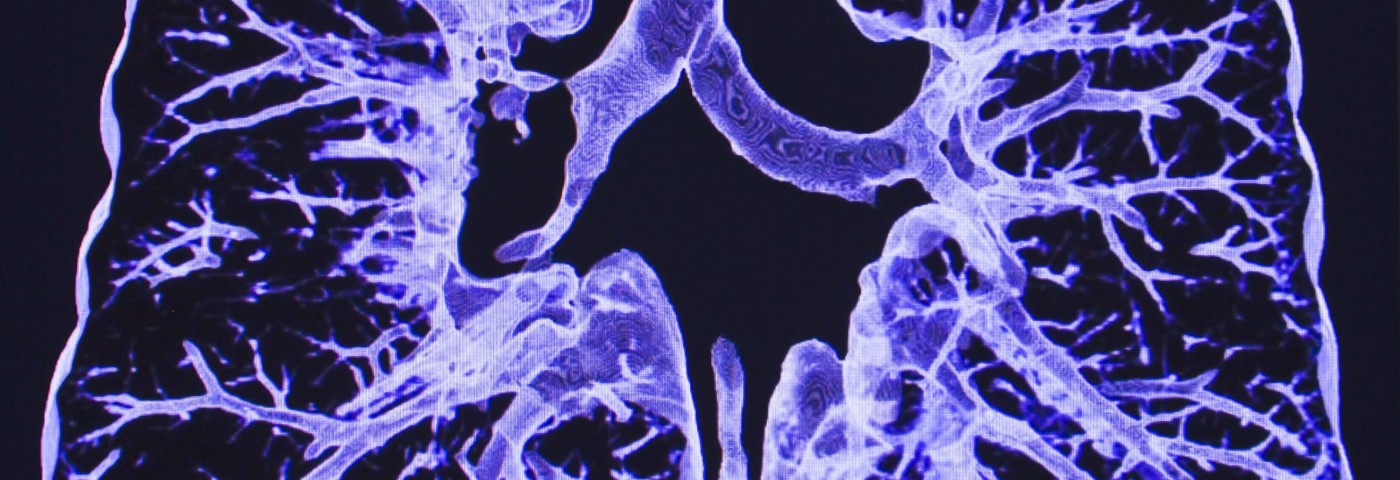A great number of patients with non-cystic fibrosis bronchiectasis have nontuberculous mycobacteria (NTM) infection in their lungs, according to a study published in the scientific journal BMC Infectious Disease. Mycobacterium avium complex is the most frequently isolated species from the sputum of these patients.
The incidence of lung colonization and infection due to NTM in patients with cystic fibrosis and non-cystic fibrosis bronchiectasis is increasing worldwide, but data on patients with non-cystic fibrosis bronchiectasis has been limited. The goal of researchers was to determine the prevalence of NTM and factors associated with the isolation of NTM.
In the study, “Prevalence and factors associated with nontuberculous mycobacteria in non-cystic fibrosis bronchiectasis: a multicenter observational study,” the team of researchers led by Dr. M.A. Martínez-García from the Hospital Universitario y Politécnico La Fe in Valencia, Spain, analyzed cohorts from four Spanish teaching hospitals. Over a period of five years, 218 adult patients with non-cystic fibrosis bronchiectasis were analyzed, and at least two sputum samples from each were cultured for mycobacteria.
NTM was isolated from the sputum of 18 patients (8.3 percent). M. avium complex was isolated from the sputum of nine patients (4.1 percent), being the most frequently isolated pathogen. According to the researchers, older patients with non-cystic fibrosis bronchiectasis (age 50 years or older); patients with a lower body mass index (23 kg/m2 or less); and patients with a milder disease in functional terms (those with a forced vital capacity [FVC] of the lungs of 75 percent or more), were more likely to have an NTM infection, with a 40 percent probability of having at least one isolation of NTM.
Patients who had an NTM infection also tended to have less frequent chronic infections of Pseudomonas aeruginosa and more frequent infections of the fungus Aspergillus fumigatus.
“In this sense, NTM-positive patients tended to have better lung function, lower BMI, lower frequency of chronic P. aeruginosa infection, and a higher frequency of Aspergillus. NTM-positive patients also had fewer exacerbations and less frequently took chronic antibiotic therapy,” the authors wrote in their report.
According to the team, additional studies with more patients will help “better evaluate the extent of the association of bronchiectasis with NTM, assess the clinical impact of the disease, and identify factors that are clearly associated with NTM in non-cystic fibrosis patients with bronchiectasis.”

